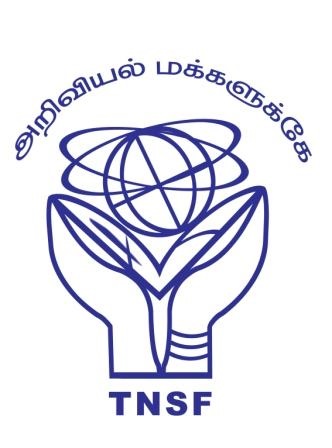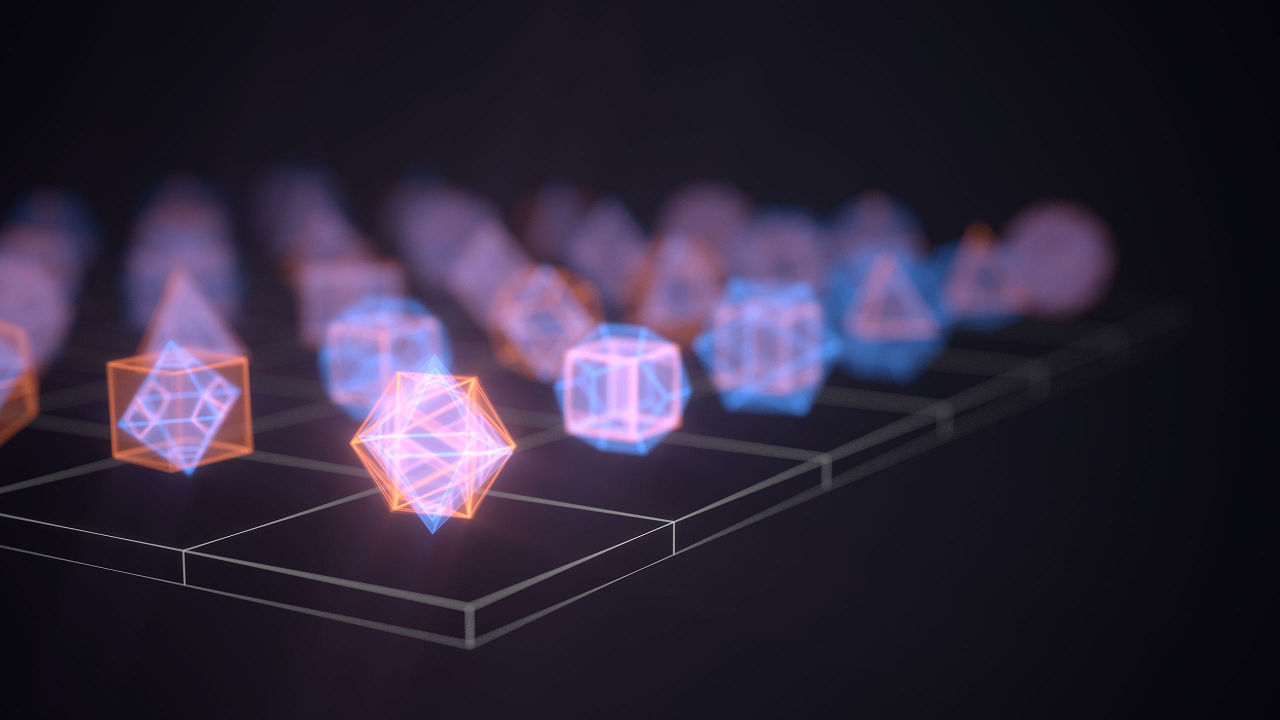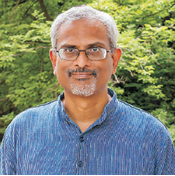About Program

This is part of its efforts to popularize science to the general public and students who are pursuing science as their career. TNSF attempt to focus on students on higher science as everyone knows that learning of science at college within the curriculum is not enough to acquire holistic knowledge of science at the appropriate time. Hence, to fill the gap between what students are acquiring through the curriculum and what it is required, TNSF is planning its activities on higher science to students who are pursuing higher education.

About the Lecture More than 2 centuries ago, Euler solved and generalized a puzzle supposedly posed by Queen Catherine I of Russia concerning arrangements called orthogonal Latin squares, very similar to the modern Sudoku. While clear that such arrangements are not possible for 2X2 squares, he conjectured that they do not exist in squares of sizes 6, 10,14, and so on. In 1900, the case of 6 was shown to be correct while every other case was shown to be false by two Indian mathematicians in the 1950's. There has been a recent realization that special classes of states in quantum physics, called absolutely maximally entangled states are related to such arrangements. It was then an open problem if the case of 6 has a `"quantum solution". We recently showed that this was indeed the case and that quantum versions of Euler's 36 officers can have satisfy the constraints of a quantum orthogonal Latin square.
